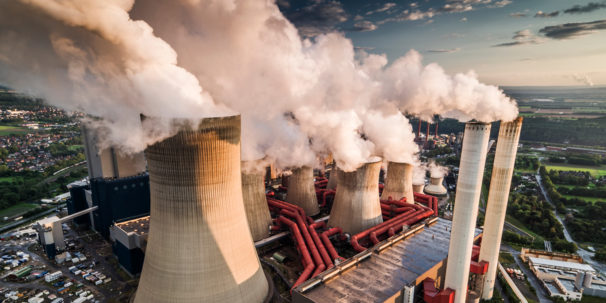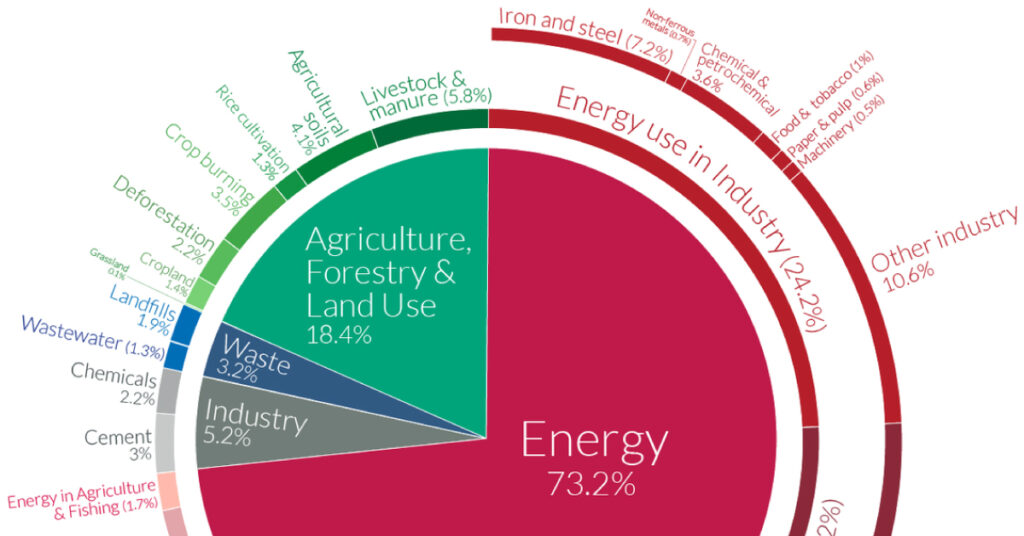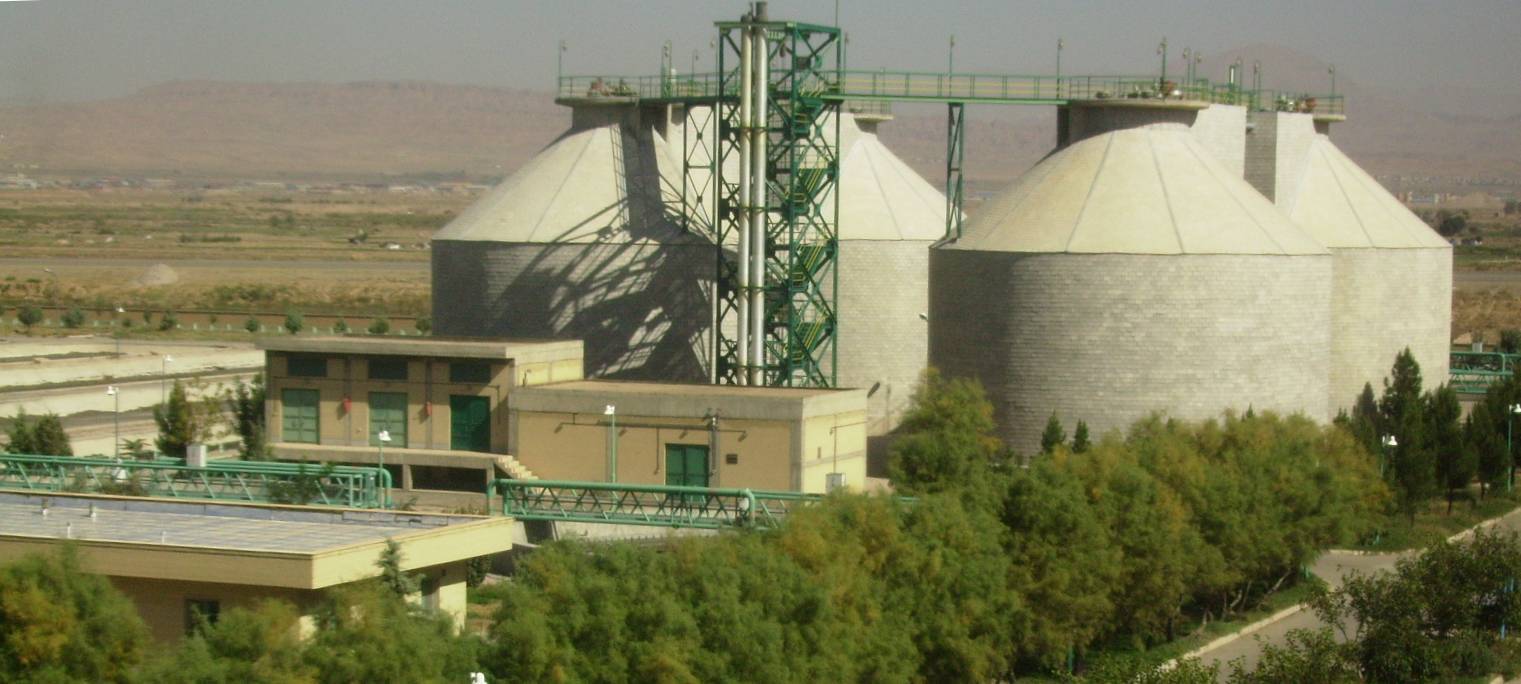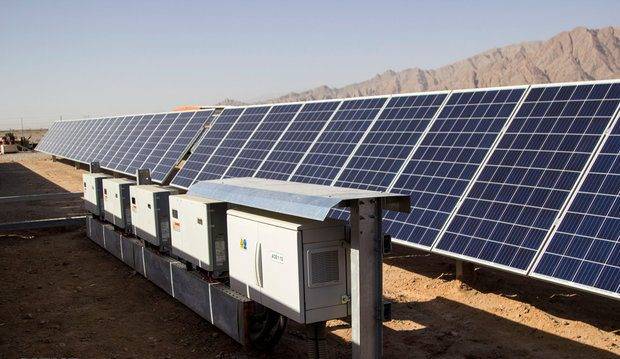The term “Renewable” is being assigned to energy sources that replenish themselves in a period shorter than a human being’s lifetime without exhausting the planet’s resources. The main resources of renewable energy are Hydropower, Geothermal, Wind, Solar, and Biomass.
Why is it so important?
According to International Energy Agency, world electricity needs will increase by 70% in 2040. As energy demands grow every year, greenhouse gas emission concerns rise accordingly. Currently, more than 73% of global greenhouse gas is produced in the energy sector.

GHG Emission from a Powerplant

GHG Emission by Sector

We Enhance the Renewable Energy Transition
The increase in renewable energy is still lower than the increase in global energy demand overall. A “transition” from fossil fuels may come someday, but for now, renewable energy isn’t even keeping pace with rising energy demand so fossil fuel demand is still growing. As of 2022 “carbon” tax has been implemented in 23 countries to force carbon emitters to pay for each ton of greenhouse gas they emit. In Canada and the United States, households and industries that use natural gas as a source of energy, pay 50$ on average for each ton of emitted CO2.According to Eurostat Waste is the fourth largest source sector of emissions, accounting for 3% of total greenhouse gas emissions in 2017. Most emissions come from combusting fuels (77%), followed by agriculture (10%) and industrial processes (8%).
Who We Serve?



Agriculture is among the most important sectors we serve. So far we have enabled more than 270 clients in on farm energy production and waste management!
We work with different industries including power plants and food and beverage producers to maximize on site energy production from renewable sources.
As of 2022 our company has provided consultations and solutions to four municipalities regarding waste management and separation systems
GET IN TOUCH



